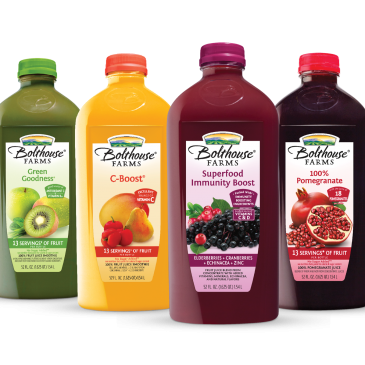We are barely at the end of Q1 and already several trends are emerging in the areas of branding and marketing that should impact your planning for the rest of the year. Each one of these trends is transformative for a company in their own right, but taken together they reflect a shift in mindset that should inform all things a brand does moving forward.
- Sustainability integration: Over the last decade awareness has risen around the need for companies to be sustainable, to build their reputation and to mitigate the risk of rising consumer or media activism. As a result, sustainability integration has become table stakes rather than a competitive advantage. Taken one step further, CEOs, CMO’s and sustainability leaders are now seeking to seamlessly integrate sustainability throughout their organizations so that sustainability departments becomes redundant. This is a whole different mindset through which to reassess and upgrade your sustainability commitments, and has a huge impact on how sustainability factors into your marketing.
- Competitive collaboration: Just as companies have recognized the need to be accountable through their entire value chain, so brands are quickly coming to realize that they can’t achieve the impact they want on their own. As a result, we are starting to see otherwise competitive brands working together based on the values alignment to drive change within their industries. A great example is Walmart and Target co-convening the beauty care product summit which asked their suppliers to eliminate toxic ingredients from their products.
- Pivots pay off: The recent pivot by CVS away from tobacco products received enormous media attention as to whether it would hurt the company’s bottom line or position it for a brighter future. Today, CVS is enjoying surprising early financial success despite the loss of the revenue from its tobacco products. Even more valuable to the company over the long-term is the first mover advantage it now enjoys and its strategic positioning at the forefront of the debate around the future of healthcare. Such short-term pain for long-term game is a powerful demonstration that pivots in alignment with the desires of emerging demographics such as Millennial’s and Gen Z are ultimately good for business.
- Mission-based leadership: The popularity of brands such as Tesla have established within the national psyche demonstrate the power enrolling brand stakeholders around a mission that addresses a need that touches all our lives. While an increasing number of companies today are purposeful, they talk about their purpose in a self-directed way. Instead, brands must become a mission with a company, rather than a company with a mission. Tesla is a powerful example of this as their marketing decisions are driven by their original commitment to make sustainable mass transportation. It’s this focus that inspired them to open up their battery IP to competitors, to launch an infinity mile warranty, and to partner with otherwise competitors, like BMW and Nissan. Just as Patagonia’s Footprint Chronicles, Common Threads, and Sustainable Apparel Coalition initiatives reflect their core mission of building their business with no unnecessary harm to the environment, so Tesla’s actions and marketing are a function of their core mission.
- B2B becomes B2C: Many B2B companies have postponed making the difficult changes that B2C companies have made because they felt that there was no need as they don’t interact directly with consumers. Yet today’s consumers now look behind the retailer or brand to the supplier to determine who is ultimately responsible for a product. As a result, B2C brands are now demanding the same accountability of suppliers that consumers are demanding from them. In fact, many suppliers like 3M are now getting ahead of this trend by raising awareness of their CSR and sustainability credentials to ensure that there is a strategic alignment with their customers who face heightened scrutiny from consumers.
Taken together these five trends demonstrate a rising willingness among companies to adjust their practices and products to reflect the new demand for authenticity, accountability, and transparency that are now the hallmarks of the social business marketplace. Taken individually or viewed in isolation, it’s easy to imagine that each one of these transitions is a difficult project to execute internally given legacy behaviors and mindsets. Seen holistically, it readily becomes apparent that each of these trends reflects the simple expectation that brands must now be seen to do good in the world.
Follow We First on Facebook, Twitter & Google+


